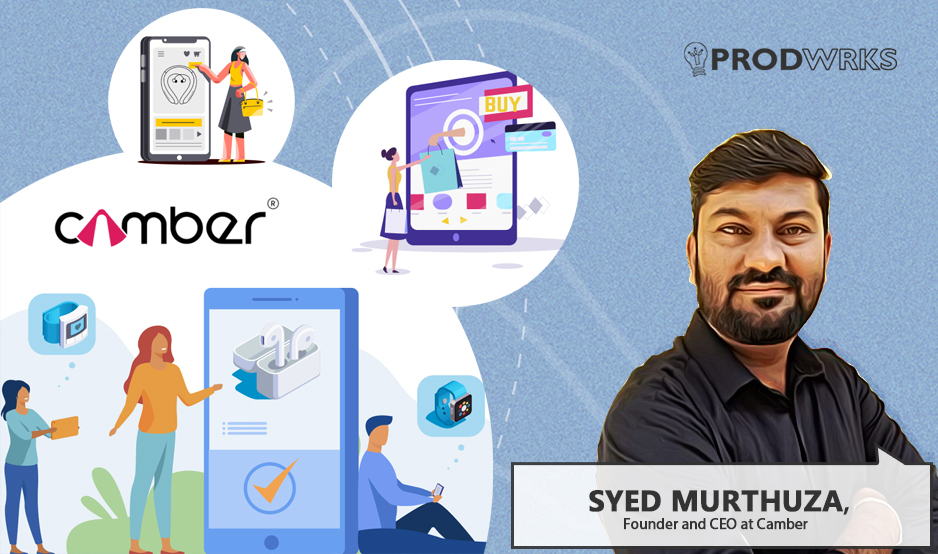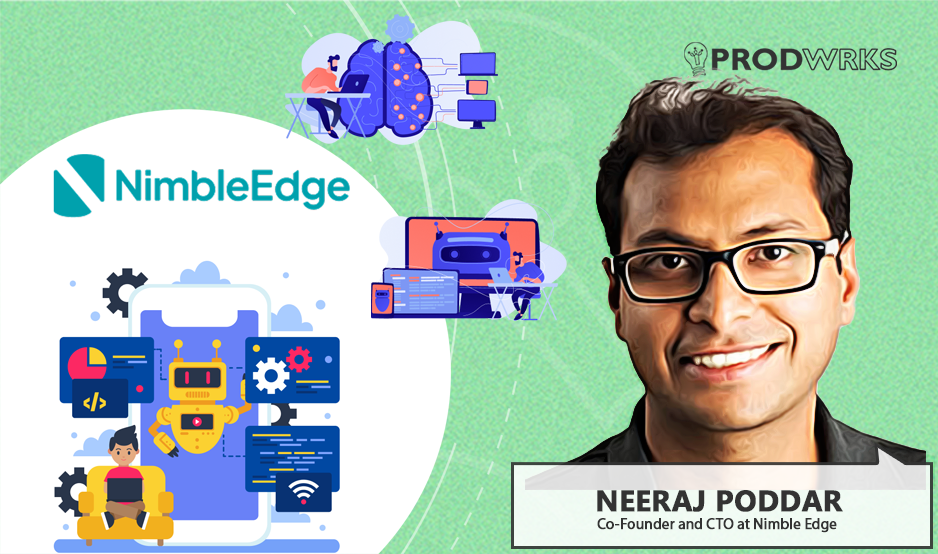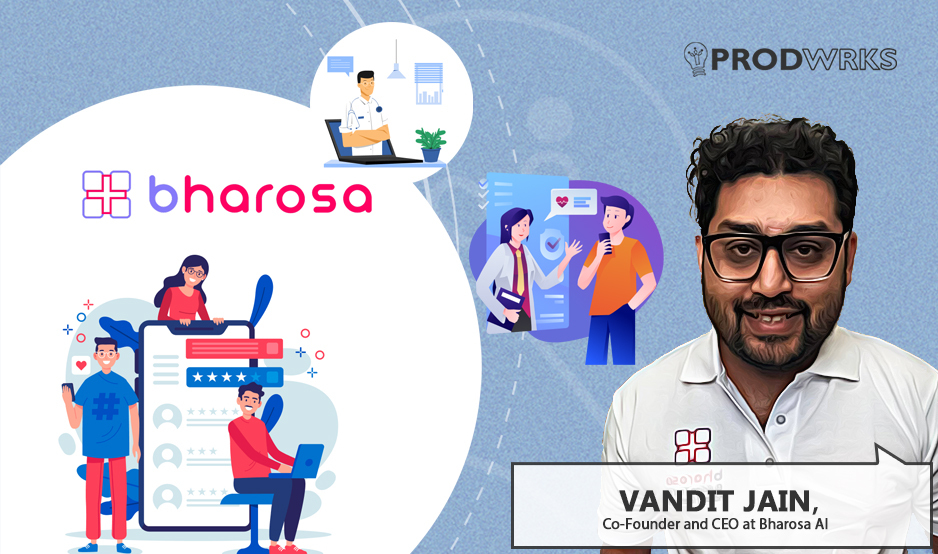
Over the years, AI tools have begun to reshape the way software is built, tested, and shipped – from automated code generation to AI-assisted testing. The adoption of AI tools in development workflows has shifted from being experimental to essential. As teams race to build faster and better, integrating AI is no longer a question of if, but how.
“At first, I was skeptical and reluctant to the use of AI,” says Naghadevi, Director of Engineering and Operations at Siam Computing, “but later changed my mindset to adapt to the market needs.”
Based in Chennai, Siam Computing is a product development studio founded by Khuze Siam. They are the tech partner to organizations like Kauvey Hospitals, BeatO, Clirnet, and Lighter Side of Real Estate, with clients in India, North America, and Europe. As we move into a post-AI world, Siam has gradually integrated artificial intelligence across various stages of its development workflow.
Naghadevi dives deep into how her Siam uses AI to fast-track product development, where it’s been most effective, and what cultural shifts helped drive adoption.
This interview has been edited for clarity and length
1. Can you describe the product environment at Siam and your role as Director of Engineering and Operations?
Naghadevi: We work across various domains, but right now, building healthcare products is our primary focus. We build both B2B and B2C products. Currently, we are working with Kauvery Hospitals, educational institutions, clients in real estate, and even developing a music-based portal for kids, so it’s quite a mix.
Our team has product strategists and software engineers across frontend, backend, and QA, coordinated by project managers. Once we get a project, we break it down into smaller tasks and estimate the effort required to deliver. The total effort is then split between frontend, backend, and QA based on what’s needed, and the project managers assign work accordingly.
My role as the director of engineering and operations involves working closely with all these teams to ensure that the project stays on track, doesn’t exceed our estimated effort, and meets our quality standards.
Q2. When did Siam first recognize the need for AI in the product development lifecycle?
Naghadevi: Initially, we followed a traditional workflow. The sales team would bring me client requirements, we’d scope it, estimate hours, and we’d plan accordingly.
One day, our CEO suggested using AI. At the time, I didn’t know much about AI in development. I was skeptical and thought it wasn’t reliable. I presumed that there would be a lot of rework. Our developers, who weren’t used to it yet, were resistant too. I believed that if you know how to execute a project well, you wouldn’t need AI to cut corners. So, we dropped the idea.
But about three weeks later, we discussed it again. Other teams had already started using AI, and if we didn’t, we’d be left behind. I could see that this wasn’t something I could ignore anymore. That’s when it all started.
I put together a small group to do R&D and explore specific tools that aligned with our stack. For example, our frontend uses React.js, so we needed something that supports that. We discovered that Cursor works for both the frontend and backend, but Vercel is focused on React.js and Next.js, and offers better accuracy.
We realized that choosing the right tool matters a lot. Cursor could generate code in 10 minutes, but it would take an hour to clean it up. For a task that would normally take just five minutes, AI may end up slowing you down. So choosing the right tool that aligned with our stack was crucial. Since most of these tools are paid, if they don’t save time, they become a cost burden.
We learned to treat AI tools just like junior developers. They can write code, but a senior needs to review, clean, and push it to production. Also, prompting is a whole new skill. Developers aren’t always great at phrasing their requirements. So we started looking for tools that simplify prompting. Some even let you use voice input, which helps a lot. We’re still learning and trying out different tools, but that’s how it started.
Q3. What specific challenges or inefficiencies were you aiming to address with AI?
Naghadevi: Primarily, we were trying to reduce development time. Productivity and consistency were also key goals. AI tools generate the same code repeatedly with minimal variation, while humans might unintentionally change things. Once the tool is properly set up and fed the right inputs, it keeps producing consistent output, which is hard for people to do quickly and reliably.
We adopted AI to stay competitive in the market. When I talk to other project managers or clients, the first question is often what AI tools we are using. The market is moving in this direction, so we had to start somewhere to keep up. For now, we’re focused on AI tools for development, but in the future, human coding might become much less common, with mostly senior developers handling complex tasks.
4. What stages of product development are now powered or assisted by AI in Siam?
Naghadevi: Product development in Siam has five main stages. It starts with the initial project setup, then architecture and database schema design, followed by development, testing, and deployment.
We do not use AI for the initial project setup. However, AI assists in the architecture and database schema stage by providing suggestions and generating designs based on prompts. AI also helps us with documentation throughout all stages if we feed it the code.
The development phase is where AI is most actively used. We prompt AI tools to generate code, then rework and test it locally before deployment. For testing, AI is currently used to generate test cases. Deployment, however, is not assisted by AI at this time.
We use Cursor and Vercel, which are general-purpose tools supporting both frontend and backend development as well as test case generation. VO is another tool we use, specifically designed for the Next.js framework.
5. Can you explain how integrating AI has changed your team’s workflow, and how the roles of human effort and AI effort differ within this process?
Naghadevi: One major change was in effort estimation. Earlier, developers would estimate time based on their experience and skill level. For example, one might say a login page would take four hours. Now, they factor in how long AI will take to generate the base code and how long they would need to clean it up. The estimation process has shifted from being entirely human-driven to accounting for both AI effort + human rework.
In development, our workflow has also changed. Earlier, each developer would handle a full task: designing the front end, integrating it with backend logic, and passing it to testing. Now we have separated those steps. One person handles design for the entire sprint using AI, since tools can generate UI components quickly. Another person handles integration. This modular approach makes the process faster and more efficient.
As for balancing human judgment and AI input, AI generates the base code, but it is not always polished. Humans still have to review, clean, and finalize the output to meet quality standards. That last 10% involving refinement, accuracy, and consistency is where human effort is critical.
Q6. How has your use of AI tools evolved? Were there any points where you had to change your approach or iterate to get more value from them?
Naghadevi: Initially, we were just throwing random prompts at it. With the free version of ChatGPT, you only get around 100 prompts, and my team would burn through those in two days. They would write things like “Give me the output” or “Show me the screen” without much thought.
Now it is different. They take time to refine their prompt, test it in ChatGPT, tweak it, clean it up, and then send it. They have learned that if you give a random prompt, you get a random result, basically a disaster. So they are starting to understand how to communicate with the system in its own language. They are learning how to prompt better and value each prompt more.
Q7. What specific outcomes or improvements have resulted from these changes? Also, how has the team adapted culturally or in terms of skills to successfully adopt AI tools?
Naghadevi: We have tied AI adoption to our effort estimation. For example, if a developer estimated a task would take 10 hours, we’d ask them to re-estimate with AI support. If they said six hours, we’d log that as the new benchmark. This created a clear way to use AI more effectively, and over time, this helped reduce overall effort. In one project, we brought the estimate down from 1130 hours to 850, a 30% effort reduction.
The bigger shift was in mindset. At first, there was fear that AI might replace jobs. So developers were resistant to trying it. I had that hesitation too, as the existing process was working smoothly for us, and I didn’t see the need to change it.
But once the team started using AI tools, things changed. Developers saw that AI could simplify logic, offer new ways to solve problems, and help them work faster. They also found it easier to ask questions and explore ideas, as AI doesn’t judge you. That made it easier for them to learn and adopt new workflows.
Q8. How has your role as Director of Engineering and Operations changed since AI was introduced into the workflow? Please describe AI’s impact on your leadership.
Naghadevi: Since introducing AI, the way I execute projects has changed completely, as traditional methods don’t fully work anymore. I now have to ask my team for effort estimates with and without AI tools when assigning tasks. For example, we track the effort for completing a task manually and with AI, including the time AI takes and the time needed to clean up its output. This helps us calculate the overall effort reduction.
In costing, AI is treated like a junior developer, so its contribution is factored in.
From a leadership standpoint, I need to be more conscious about frequent code reviews. Since AI generates code without explaining its logic, daily or frequent reviews are necessary to ensure the code integrates well. Fixing issues later during testing or deployment would be much harder.
Our project management process has changed to a hybrid model. For MVPs, we run sprints within a waterfall approach since requirements are fixed. Other parts use agile sprints. This process is still evolving because of AI.
Q9. For other teams considering AI, what’s one mindset shift or practical step you’d recommend?
Naghadevi: They need to accept the change. AI will significantly alter how we work. A cultural shift is essential. It is important to approach this with an open mind and avoid skepticism.
Developers must be encouraged to see AI as a tool that enhances their knowledge and skills, not as a threat to their jobs. We need to build their confidence by assuring them AI will not replace them but help them grow. It is just another tool, and the value of the developer is far greater than any tool they use. This mindset is crucial for organizations adopting AI.



